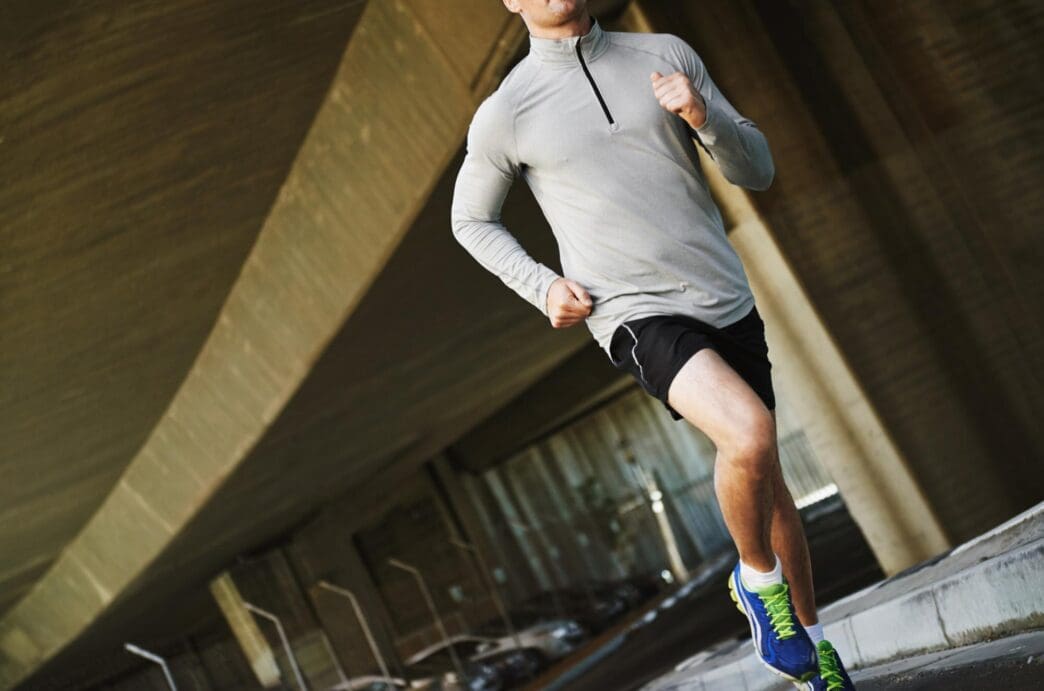A Quick Takeaway
The Story Behind the Trend
How to Make It Work for You
The Community View
Choosing between run tights and run pants is a common dilemma for runners, impacting comfort, performance, and protection across various conditions. While both serve as lower body apparel for exercise, run tights are typically form-fitting, offering compression and thermal regulation, best suited for colder weather, high-intensity workouts, or races where aerodynamic efficiency and muscle support are priorities. Run pants, on the other hand, are looser, providing greater freedom of movement and breathability, often preferred for milder temperatures, casual runs, or pre/post-workout wear when modesty and comfort take precedence. The optimal choice ultimately depends on the runner’s personal preferences, the weather, and the specific demands of their run.
Understanding the Essentials
Before diving into the specifics, it’s important to understand the fundamental differences in design and purpose. Run tights are engineered for a snug, second-skin fit, often incorporating technical fabrics that provide compression, moisture-wicking, and thermal properties. Run pants, conversely, offer a more relaxed fit, resembling traditional athletic trousers, prioritizing comfort and unrestricted movement.
Run Tights: The Second Skin Advantage
Run tights are a staple for many dedicated runners, celebrated for their performance-enhancing features. They are designed to move seamlessly with the body, minimizing distractions during intense activity.
Key Characteristics of Run Tights
Run tights are typically made from a blend of synthetic fibers like polyester, nylon, and spandex (elastane), which allows for significant stretch and recovery. Their construction often includes flatlock seams to prevent chafing and strategically placed panels for ventilation or added warmth. Many also feature reflective elements for visibility.
When Run Tights Excel
Tights truly shine in cooler to cold weather, providing a crucial layer of warmth without bulk. They are also favored for speed work, track sessions, and races due to their aerodynamic profile. Trail runners often appreciate the protection tights offer against abrasions from brush and insects.
Benefits of Run Tights
One of the primary advantages of run tights is the muscle support provided by their compression. This can help reduce muscle oscillation, potentially delaying fatigue and aiding recovery. Their close fit minimizes fabric flapping, which can be a source of chafing, and their advanced fabrics efficiently wick sweat away, keeping the runner dry. In cold conditions, they trap a layer of warm air against the skin, while in warmer conditions, lightweight versions can offer UV protection and a cooling effect through evaporation.
Potential Drawbacks of Run Tights
For some, the snug fit of tights can feel restrictive or expose too much of the body, leading to concerns about modesty. While designed to be comfortable, the compression can be an adjustment for those accustomed to looser clothing. They may also be less forgiving in terms of fit if not sized correctly.
Run Pants: The Versatile Companion
Run pants offer a different set of advantages, emphasizing comfort and versatility for a broader range of activities beyond just intense running.
Key Characteristics of Run Pants
Run pants are characterized by their looser cut, often featuring an elastic waistband with a drawstring for adjustability. Materials range from lightweight woven fabrics to soft knits, prioritizing breathability and comfort. Many designs include zippered pockets, ankle zips for easy on/off over shoes, and sometimes a tapered leg for a cleaner silhouette.
When Run Pants Shine
These are ideal for milder temperatures, casual jogs, or when you desire more modest coverage. They are also excellent for warm-ups, cool-downs, and transitioning from a run to other daily activities. Many runners opt for pants for their versatility, using them for gym workouts, walks, or simply lounging.
Benefits of Run Pants
The primary benefit of run pants is their unparalleled comfort and freedom of movement due to their relaxed fit. They offer superior breathability compared to thicker tights, making them a good choice for warmer days. Their added fabric provides more coverage, addressing modesty concerns, and the inclusion of pockets is often a significant plus for carrying essentials. They are also incredibly versatile, easily transitioning from exercise to everyday wear.
Potential Drawbacks of Run Pants
The looser fabric of run pants can sometimes lead to chafing, especially on longer runs or in specific areas like the inner thighs. Their less aerodynamic profile means they can catch more wind, potentially slowing down faster runners. In very cold or wet conditions, they may not offer the same level of thermal insulation or moisture management as performance tights, and the excess fabric can feel bulky.
Making Your Choice: Factors to Consider
Deciding between tights and pants boils down to a few key considerations that influence your running experience.
Weather and Temperature
This is arguably the most critical factor. Tights are generally superior for cold weather, offering insulation and wind protection. Pants are often preferred for mild to warm conditions due to their breathability and looser fit.
Running Intensity and Type
For high-intensity workouts, races, or technical trail running where performance and protection are paramount, tights often have the edge. For leisurely jogs, recovery runs, or mixed-activity days, pants provide comfort and versatility.
Personal Comfort and Preference
Some runners simply prefer the feeling of a snug, supportive garment, while others prefer the unrestricted feel of loose fabric. Modesty is also a significant consideration for many, making pants a more comfortable choice.
Storage Needs
While many modern tights now include pockets, run pants traditionally offer more generous and easily accessible storage options for keys, phones, and nutrition.
The Hybrid Approach: Best of Both Worlds
Many apparel brands now offer hybrid options that blend features of both. You might find tights with a slightly looser, more relaxed fit, or run pants with a tapered leg and performance fabrics. Some runners even layer, wearing shorts over tights for added modesty or combining tights with a windproof over-pant in extreme cold.
Ultimately, the “supreme” gear depends entirely on the individual runner and the specific context of their run. Both run tights and run pants have distinct advantages that make them invaluable tools in a runner’s wardrobe. Understanding their characteristics and aligning them with your personal needs, the weather conditions, and the demands of your training will empower you to make the best choice for a comfortable and effective running experience.







